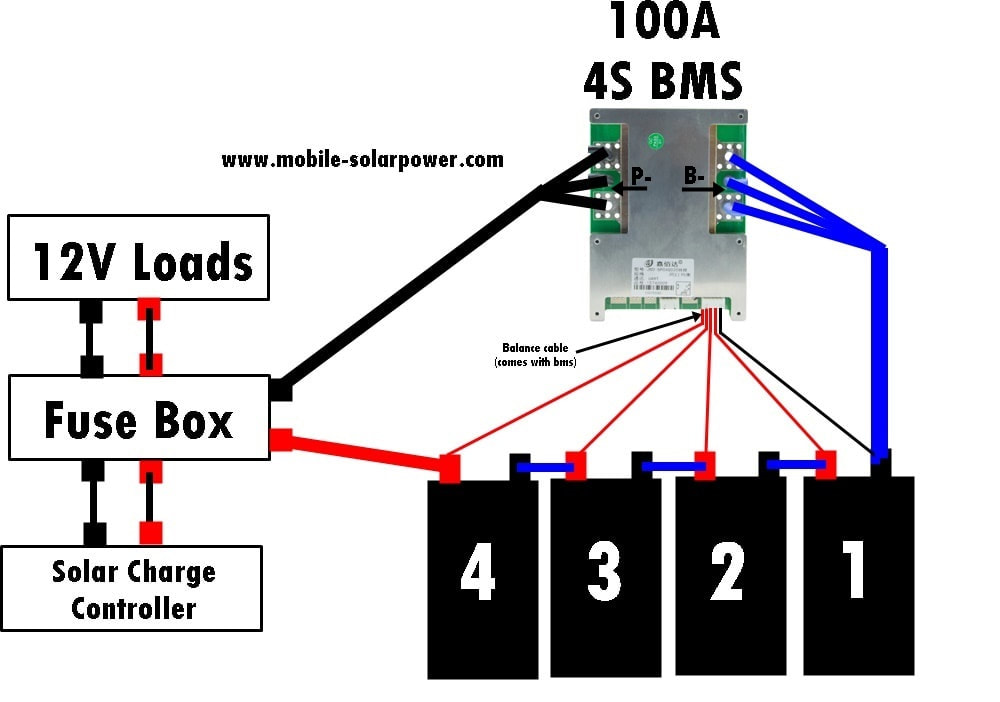With my prismatic cells, my experience is that no matter how high i charge them, whether it be 13.6v or 14.4v, they immediately settle down to 13.4v.
So i am not seeing any sign of only reaching 60-80% SOC charging at 13.6v.
I've been banging on 5 batteries for 5 months with hundreds of charge cycles. I don't think i can be convinced not to believe my data.
See this was a huge mistake I made when I first started charging lifepo4. The settling of voltage can be quite decieving. I actually made a post about it on the community section of my YouTube channel:
Important Update for LiFePO4 Battery Users (scroll to the bottom for a summarized version):
In a couple of my videos, I mentioned charging a LiFePO4 battery to 90% SOC to increase the charge cycle life. I used a SOC chart and charge curves to determine that 13.3 volts for a 4s battery (12v battery), was 90% SOC if charged with CC/CV. Well after doing a week worth of capacity tests, this is wrong.
I have seen a lot of people in the forums argue about the "ideal" charge voltage for this chemistry, which is typically: 3.325/3.45/3.65 volts per cell (most BMS cut off at 3.65v). The problem that I discovered after doing multiple capacity tests, is that LiFePO4 battery voltage will settle a lot after it is done charging. This is not the same with NMC packs (such as the tesla battery).
So you need to charge your LiFePO4 up to 14.0-14.6 if you want 100% capacity (yes, 14.0 volts gave me 100% capacity in my tests). If you charge to 13.3v with CC/CV, you will only have 47% capacity! Not fun.
I was going to do some testing to figure out what absorption voltage would charge to 90% SOC, but then I started thinking about how LiFePO4 can be charged to 4.2v per cell, or 16.8v for a 12v battery (until electrolyte degradation occurs). So charging up to 14.0-14.6 will not cause any noticeable decrease in charge cycle life. The only way it could is if you charge it to 100% and keep the battery in an extremely hot environment. I have a video that covers that as well, with some battery studies as reference.
Also, you can treat these batteries pretty badly and they will still give you 5,000 charge cycles. That is a long time. Calendar aging of your battery may be more of a concern here (especially if batteries are in a hot environment etc).
So I don't see a real need to charge to 90% anymore. These batteries can last for ages and I think the system components around it may break before the battery cells do.
If you wish to actually charge to 90% SOC for your battery, you need a capacity monitor. Once you have charged to 90% SOC, find the voltage while it's charging (before the pack settles) and set your controller.
--------------------------------------------------------
So Long Story Short:
Set your solar charge controller to the LiFePO4 charge setting and do not bother charging to 90% SOC to extend the life of a LiFePO4 pack.
If you want your battery to last a long time, keep it in a cool location. Heat is the enemy! Also, try to size your battery so that the charge rate is less than .4C (which would be 40 amps for a 100ah battery). The larger your bank, the slower each individual battery is charged, and the longer your battery will last.
If you have manual control of your charge profile parameters, it is wise to use Victron's recommendation. This charge profile gives me 100% capacity in all of my tests and none of my cells voltages spike at all:
Absorption: 14.1V
Float: 13.5V
Equalization: Disabled
Temp Compensation: Disabled
Low Temp Cut-Off: 5 degrees Celsius





